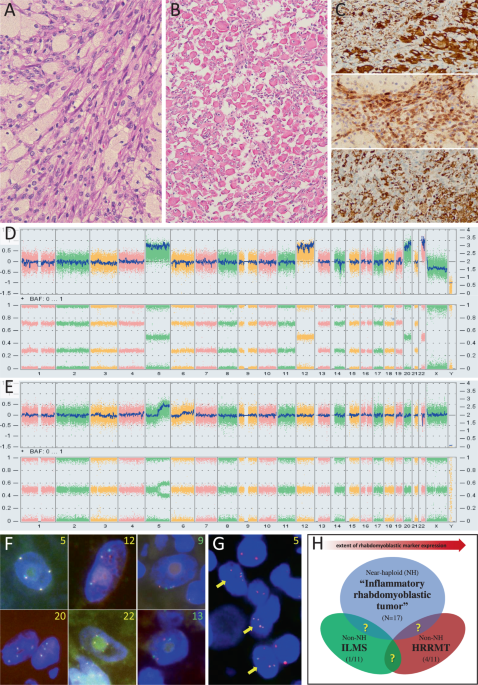Int J Pediatr Otorhinolaryngol. 2021 Apr;143:110655. doi: 10.1016/j.ijporl.2021.110655. Epub 2021 Feb 20.
ABSTRACT
BACKGROUND: The objective of this study was to compare the low-priced monopolar electrocautery to the high-priced, worldwide used, plasma ablation in tonsillotomy among children aged between three and twelve years, suffering from obstructive breathing disorders (OBD), with respect to post-operative pain, bleeding and related morbidities.
METHODS: A randomized case-control study was conducted in the Eye and Ear Hospital International- Lebanon. 103 children aged between three and twelve years suffering from OBD secondary to tonsillar hypertrophy were randomly assigned into two groups. Post-operative pain was evaluated using age-adequate validated scales: "FLACC-R" (Face, Legs, Activity, Cry, Consolability-Revised) for children aged less than five years, and "Wong Baker faces" for older children. Additional post-operati ve outcomes were evaluated using Pain-PROM (Patient reported Pain-Related Outcome Measures) and TAHSI (Tonsil and Adenoid Health Status Instrument) scales.
RESULTS: Significantly, higher rates of patients who underwent tonsillotomy via plasma ablation technique used analgesics and had severe pain compared to the monopolar electrocautery group. A longer operative duration was significantly associated with higher pain scores, and the plasma ablation technique yielded significantly higher operative mean durations. 10 days post-operatively, a significantly higher percentage of children reported an overall high pain severity and more than expected overall pain when using the plasma ablation technique compared to the monopolar electrocautery one. Overall bleeding rates were similar. No difference was reported one month post-operatively.
CONCLUSION: When compared to plasma ablation, monopolar electrocautery, can provide the same efficiency in relieving OBD in healthy children, with equal overall bleeding rates, but significantly lower cost, operating time, pain scores and need for analgesics.
PMID:33639493 | DOI:10.1016/j.ijporl.2021.110655




